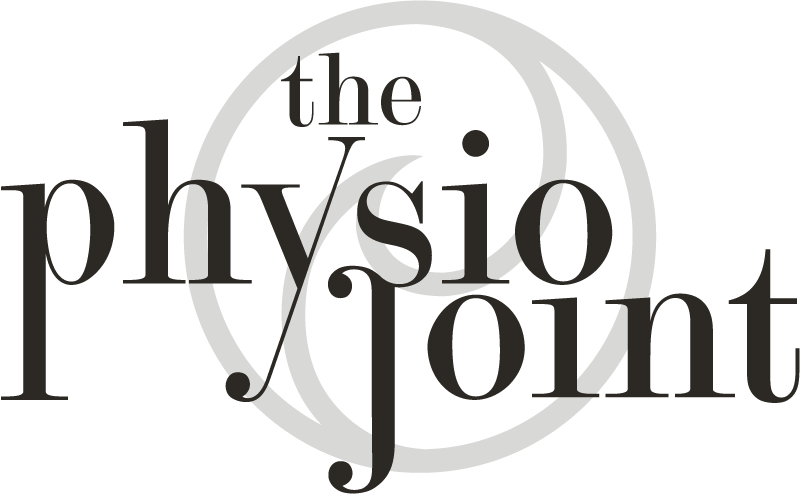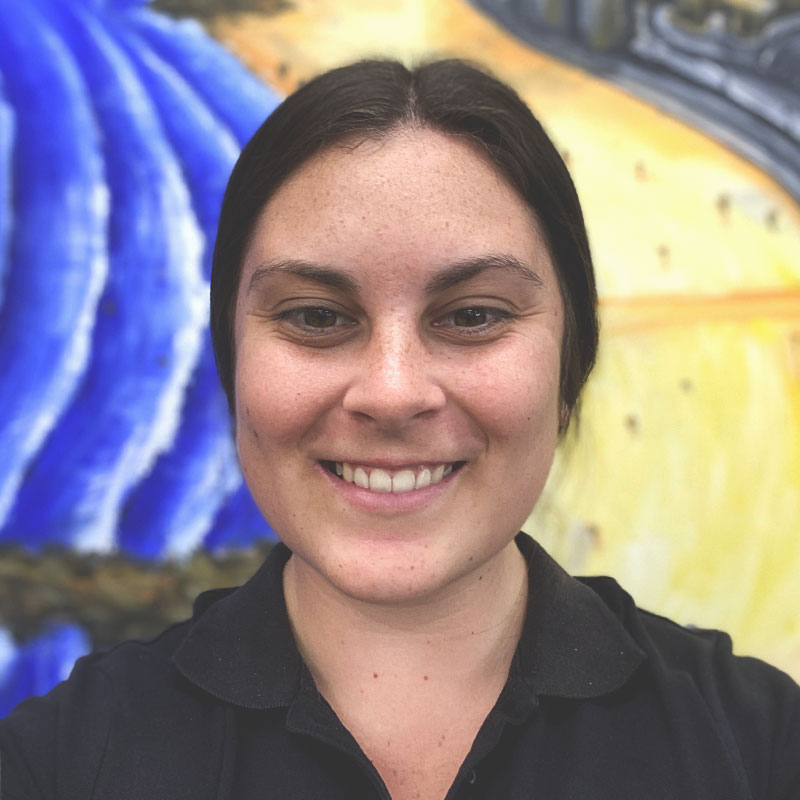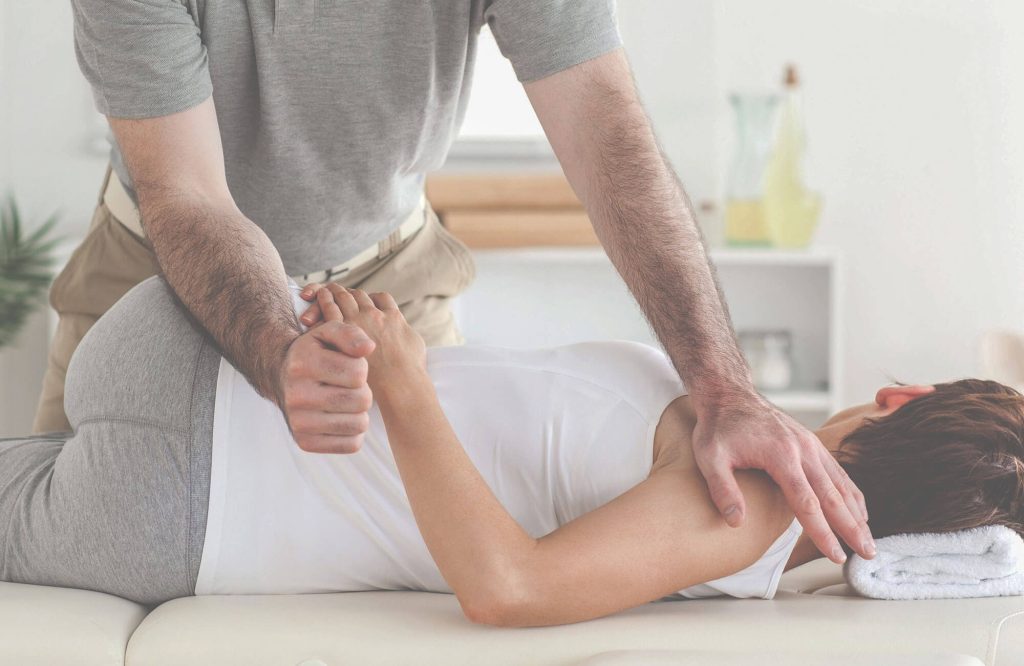Ankylosing spondylitis (AS) is a type of inflammatory arthritis that mainly affects the spine.
Symptoms of AS include back pain, stiffness and reduced mobility in the spine.
Ankylosing spondylitis commonly affects the sacroiliac joints. These joints connect the base of the spine (sacrum) to your pelvis. Other joints such as the hips and shoulders can also be affected, as can the eyes, skin, bowel and lungs.
Ankylosing spondylitis affects men more often than women. The symptoms usually appear between the ages of 15 and 45 years. While there’s currently no cure for AS, there are many things you can do to help control your symptoms.
Treatment:
There is no cure for AS. Treatment aims to manage your pain, reduce the risk of complications and improve your quality of life. Your rheumatologist will tailor your treatment to your specific symptoms and the severity of your condition. This can involve trialling different medications to find the medication that works best for you.
Exercise and manual therapy:
Although exercise is important for general wellbeing, it’s especially important in managing AS. Exercise can be used to relieve pain, but is also important for keeping your spine mobile and flexible.
Specific strengthening exercises help to maintain strength through the spine. Exercises performed in warm water (hydrotherapy) can also be beneficial.
Not only can exercise work to improve your overall mobility, our main focus here at The Physio Joint is manual therapy. Manual therapy is used to treat motion impairments that cause pain and decreased range of motion. For example using specific repeated mobilisation techniques that work to increase range of motion and reduce your pain.
For your overall wellbeing, do general strengthening and aerobic exercises. You may find it helpful to see a physiotherapist to have an exercise program designed for your specific needs. Some physiotherapists have a special interest in treating AS.
If you believe this relates to you, don’t hesitate to book now with one of our physiotherapists.




